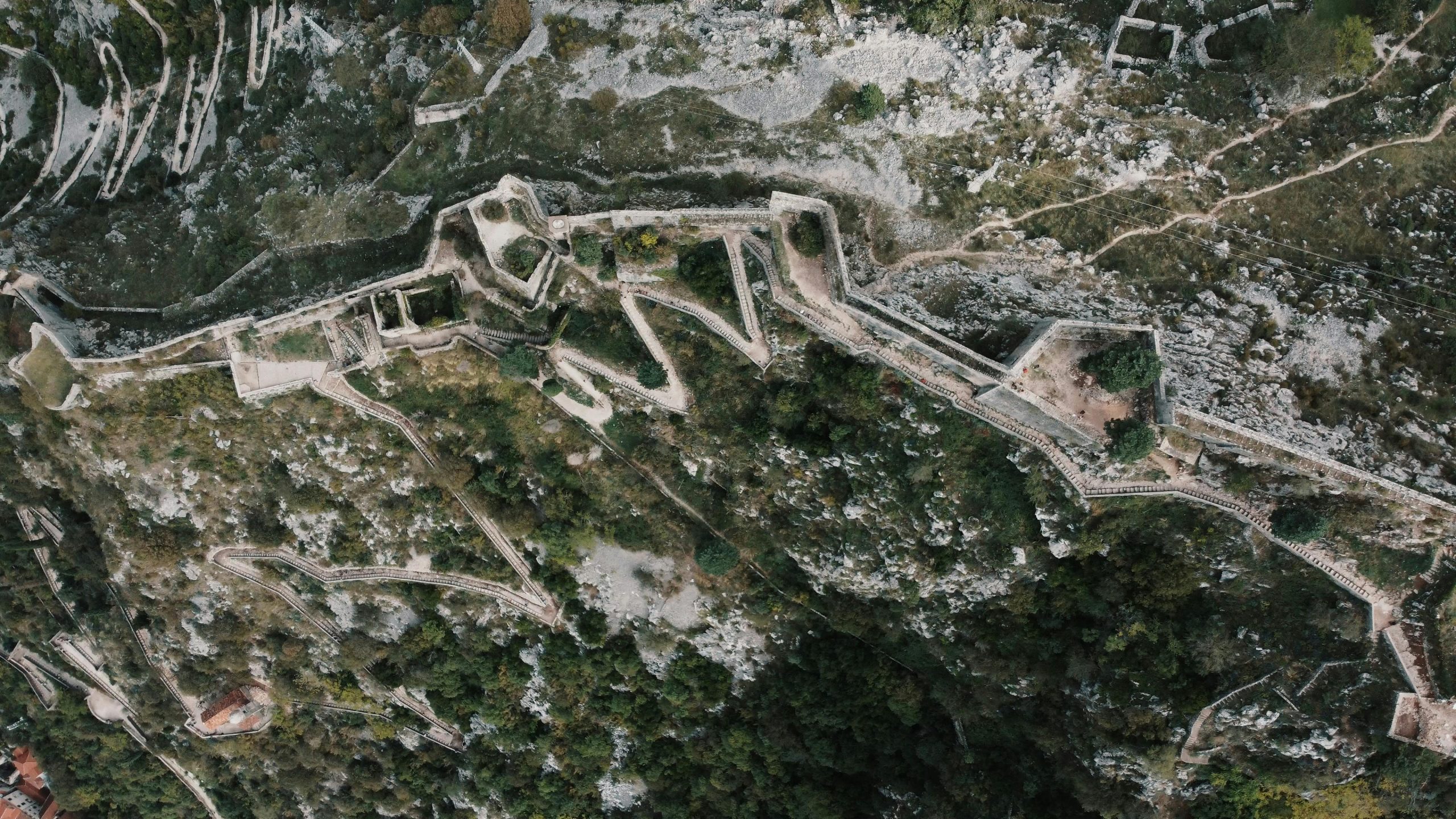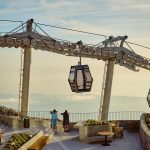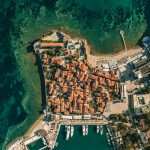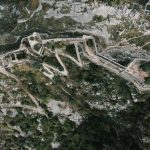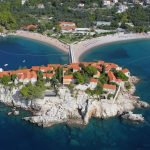Kotor, a stunning coastal town in Montenegro, is renowned for its remarkable medieval fortifications that stand as a testament to its rich and turbulent history. Nestled at the edge of the Bay of Kotor, this UNESCO World Heritage Site offers visitors a captivating glimpse into the past, with walls and fortresses that have guarded the town through centuries of conflict and change.
In this article, we will explore the fascinating fortifications of Kotor — from their historical origins and architectural features to how you can experience these monumental structures today.
A Brief History of Kotor’s Fortifications
The fortifications of Kotor were constructed primarily between the 9th and 19th centuries, shaped by the town’s strategic importance as a gateway to the Adriatic Sea and its proximity to powerful empires and invaders.
Originally a Roman settlement, Kotor’s defensive structures were significantly expanded during the Byzantine and Venetian periods. The Venetians, who ruled Kotor for over four centuries (from 1420 to 1797), played a crucial role in developing the town’s impressive city walls and fortresses. These structures were designed to protect against Ottoman attacks, pirates, and other threats, making Kotor one of the most heavily fortified towns in the Adriatic.
The fortifications extend over 4.5 kilometers (about 2.8 miles) along the steep mountainside above the town, rising more than 20 meters in some areas. They include multiple gates, bastions, towers, and the crowning jewel — the fortress of San Giovanni (St. John), which offers breathtaking views of the Bay of Kotor.
Key Components of Kotor’s Fortifications
1. The City Walls
The city walls of Kotor are a masterpiece of medieval military architecture. Encircling the old town, these massive stone walls vary in height and thickness, adapting to the natural landscape. Built on cliffs and rocky terrain, the walls provided strong defensive positions while blending seamlessly with the environment.
There are several gates that serve as entrances to the fortified town, including:
- Main Gate (Vrata od Mora): The principal entrance facing the sea, adorned with the Venetian lion emblem.
- South Gate (Vrata od Rijeka): Leading to the river side of the town.
- North Gate (Vrata od Salate): Another historic entrance connecting to the hinterland.
Each gate was designed to be heavily defended, with mechanisms to repel attackers.
2. San Giovanni Fortress (St. John’s Fortress)
Perched high above Kotor on a rugged hill, San Giovanni Fortress is the most iconic part of the fortifications. Accessible via a steep and challenging hike of about 1,350 steps, the fortress served as a critical lookout and last line of defense.
Built by the Venetians in the 6th century and fortified over the centuries, it stands nearly 280 meters above sea level. From here, defenders could monitor enemy movements across the bay and surrounding mountains. Today, hiking up to San Giovanni Fortress is a must-do experience for visitors, offering panoramic views that are truly spectacular.
3. Bastions and Towers
Scattered along the walls are various bastions and towers designed to enhance the town’s defense:
- The Bastion of St. Luke (Balša’s Tower): Named after the Balšić noble family, this bastion protected the western side.
- The Bastion of St. Michael: Guarded the southern part of the walls.
- The Sea Gate Bastion: Near the main entrance, designed to repel naval attacks.
These fortified positions allowed archers and soldiers to defend the town effectively, combining offense and defense strategies.
The Strategic Importance of Kotor’s Fortifications
Kotor’s location on the Bay of Kotor made it a valuable naval and trading hub. Its fortifications not only protected the town from invasions but also safeguarded its economic interests. The Venetian rulers understood that controlling Kotor meant controlling a crucial point in the Adriatic trade routes.
During various conflicts — including Ottoman sieges, Napoleonic wars, and even World War I — Kotor’s fortifications played a vital role in defending the region. Despite their strength, the town changed hands several times, reflecting the dynamic geopolitical shifts in the Balkans.
Experiencing Kotor’s Fortifications Today
Walking the City Walls
Visitors to Kotor can walk along parts of the ancient city walls, taking in the atmosphere of medieval times. The walls encircle the Old Town, allowing tourists to explore the charming narrow streets while appreciating the defensive structures towering above.
Hiking to San Giovanni Fortress
The trek to San Giovanni Fortress is both an adventure and a history lesson. The climb can be steep and challenging, but it is well worth it. Along the way, there are small chapels and ruins that add to the historical ambiance.
At the summit, the fortress ruins provide stunning views over the Bay of Kotor, the Old Town, and the surrounding mountains — a perfect spot for photography and reflection on the town’s rich past.
Museums and Guided Tours
Kotor offers several museums and guided tours that delve into the history of its fortifications:
- Maritime Museum of Montenegro: Located in the Old Town, it highlights the town’s seafaring heritage.
- Kotor Old Town Walking Tours: Many guided tours include visits to key fortification sites, explaining their historical context.
Practical Tips for Visiting Kotor’s Fortifications
- Wear comfortable shoes: The hike to San Giovanni Fortress involves steep stairs and uneven terrain.
- Bring water and sun protection: The climb can be physically demanding, especially in summer.
- Start early: To avoid crowds and the midday heat, start your hike in the morning.
- Plan for entry fees: There is a small entrance fee to access San Giovanni Fortress.
- Visit off-season: For a quieter experience, consider visiting during spring or autumn.
Why Kotor’s Fortifications Are a Must-See
Kotor’s fortifications are not just impressive stone walls; they represent centuries of history, culture, and resilience. They offer visitors a tangible connection to the past, a chance to walk where medieval defenders once stood, and an opportunity to enjoy some of Montenegro’s most breathtaking natural landscapes.
Whether you’re a history enthusiast, a hiking lover, or a traveler seeking authentic cultural experiences, Kotor’s fortifications provide an unforgettable adventure.
